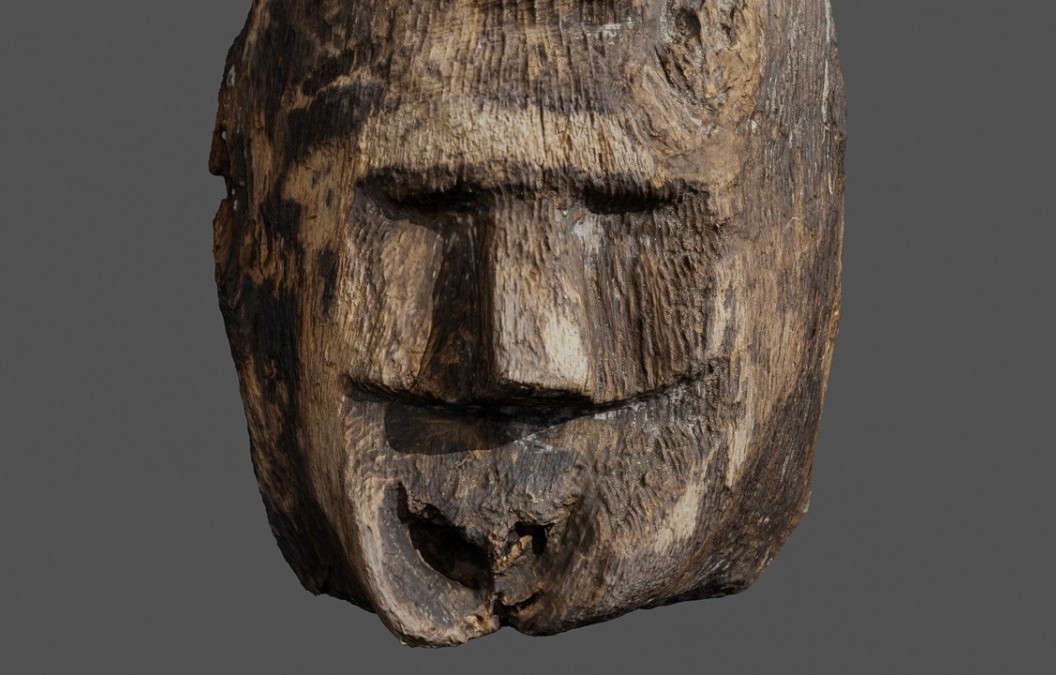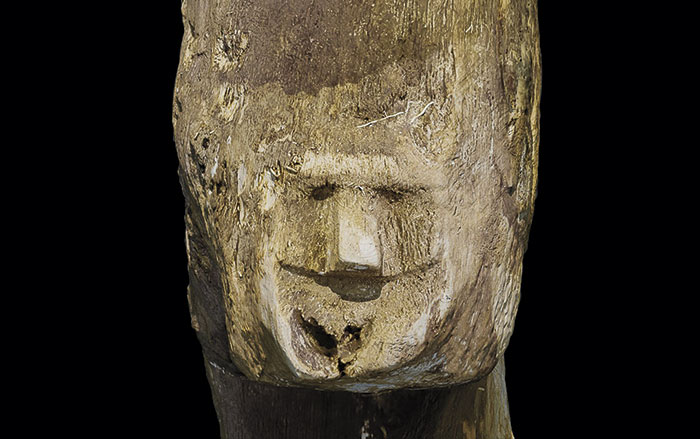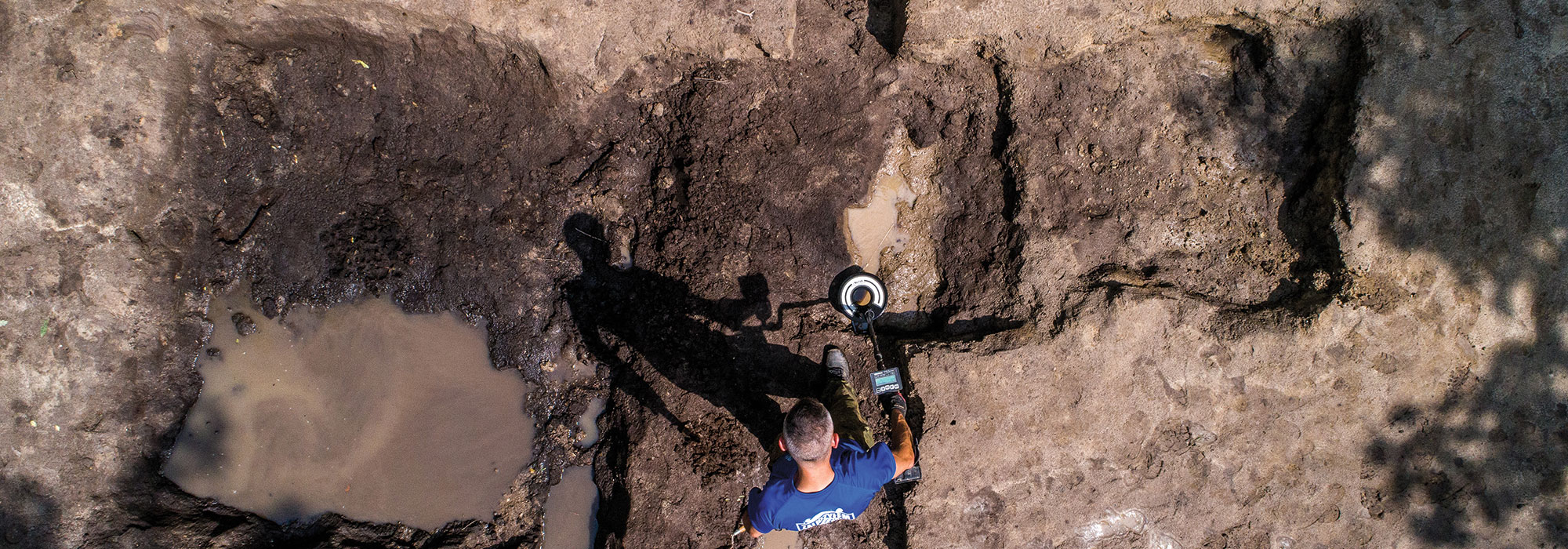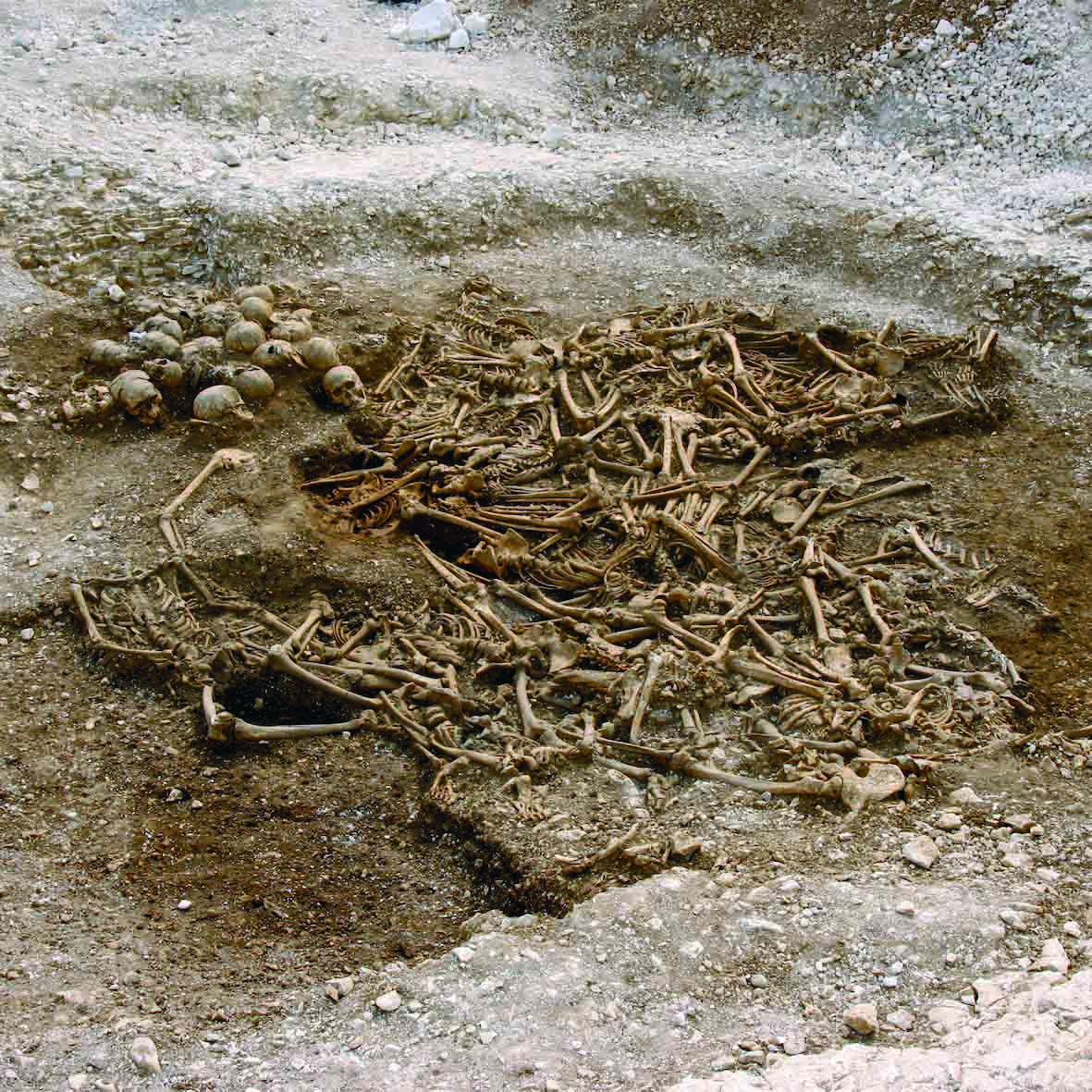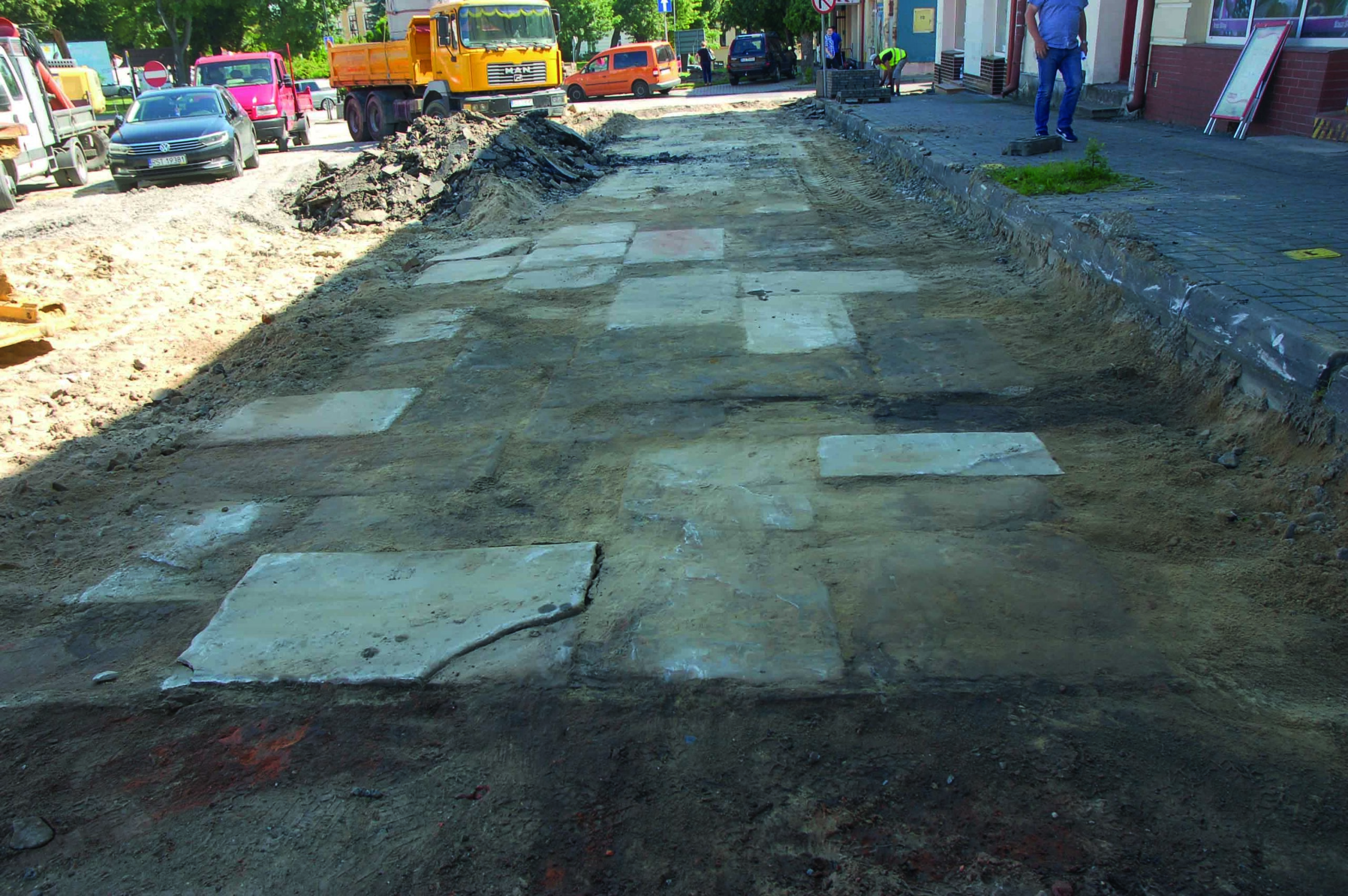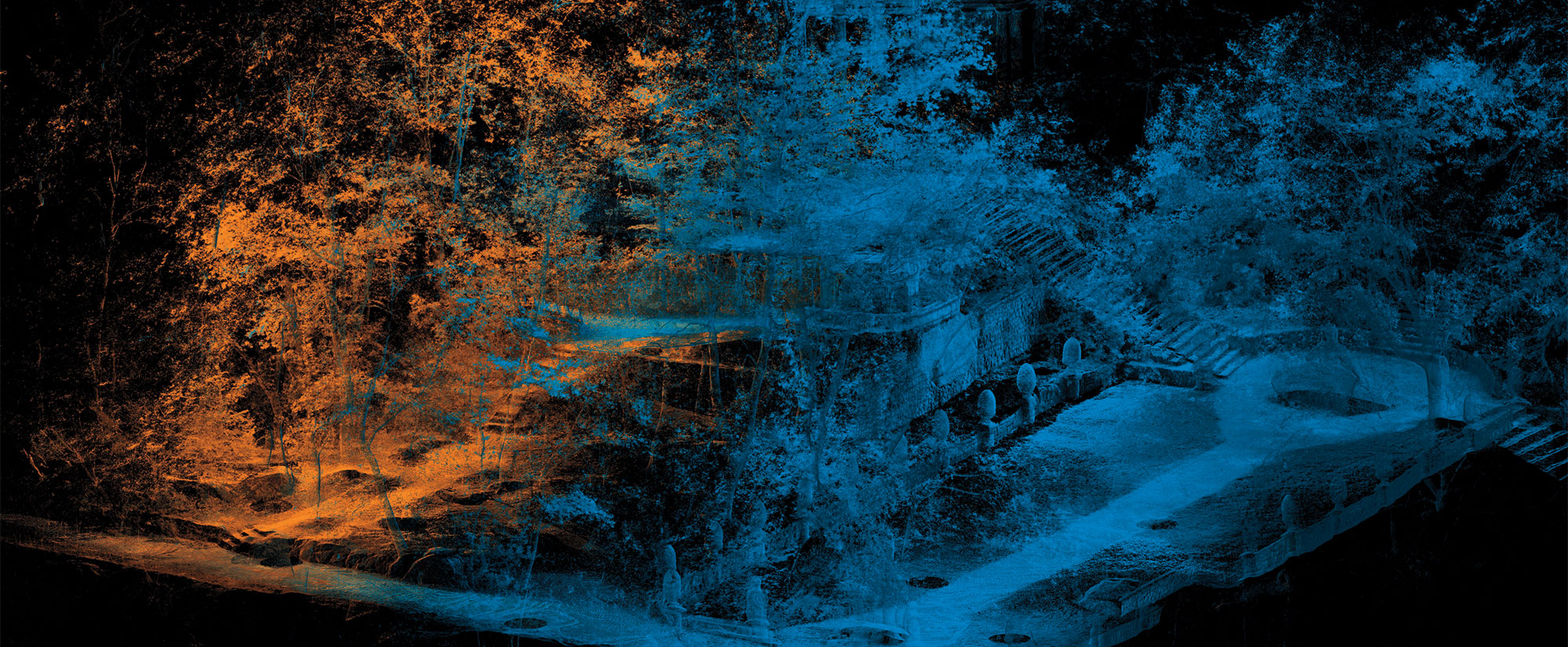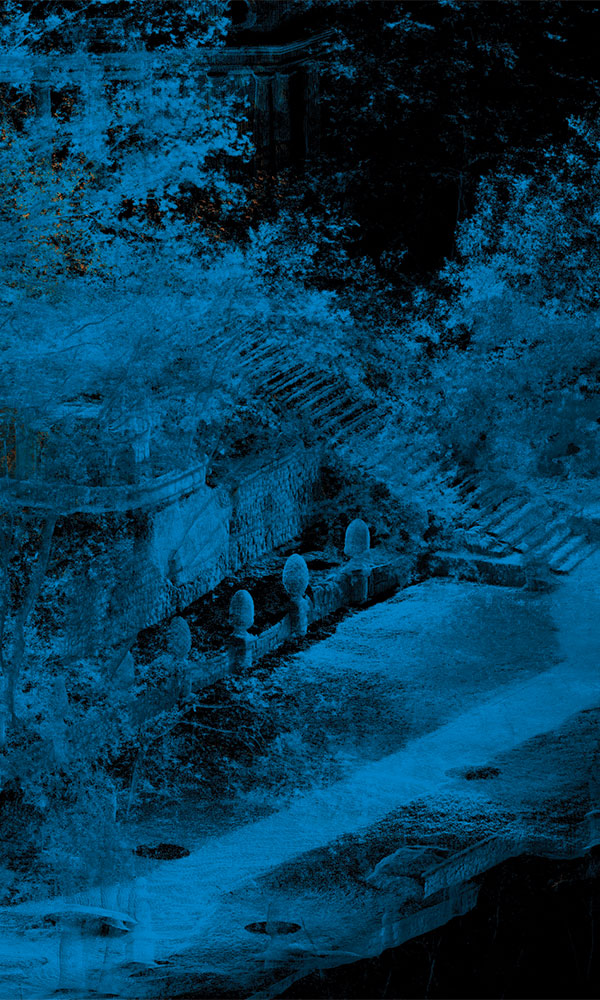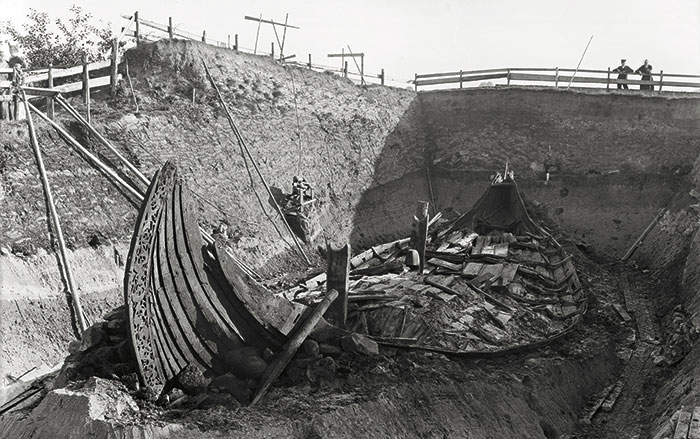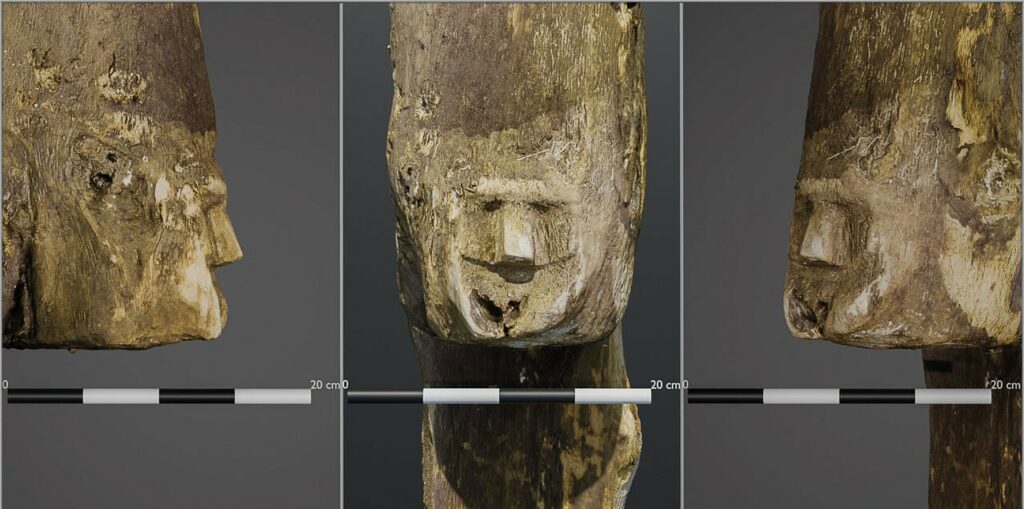
LAKE LEDNICA, POLAND—Notes from Poland reports that when underwater archaeologists from Nicolaus Copernicus University retrieved a section of a wooden beam from the bottom of Lake Lednica, they were initially unaware what exactly they had recovered. It was only later onshore that they noticed a small human face had been carved into it—making it a rare and extraordinary find. “When we cleaned it thoroughly, it turned out that a face was looking at us,” said archaeologist Mateusz Popek. “We never expected to discover something like this, even in our wildest dreams.” The object has been hailed as one of the most significant artifacts that has been found in forty years of investigation in the lake and on Ostrów Lednicki, an island where the House of Piast, Poland’s first dynasty, built a fortress palace. Dendrochronological analysis indicated that the wood dated to around 967, the time of Miesko I, the founder of the first unified Polish state. The beam was likely part of the settlement’s defensive ramparts and the carved human face may have served an apotropaic function to ward off evil spirits and protect the site’s inhabitants. According to the report, the object provides new insight about the religious and spiritual practices of the early Slavs. To read more about the medieval archaeology of Slavs in Eastern Europe, go to "The Man in Prague Castle."


